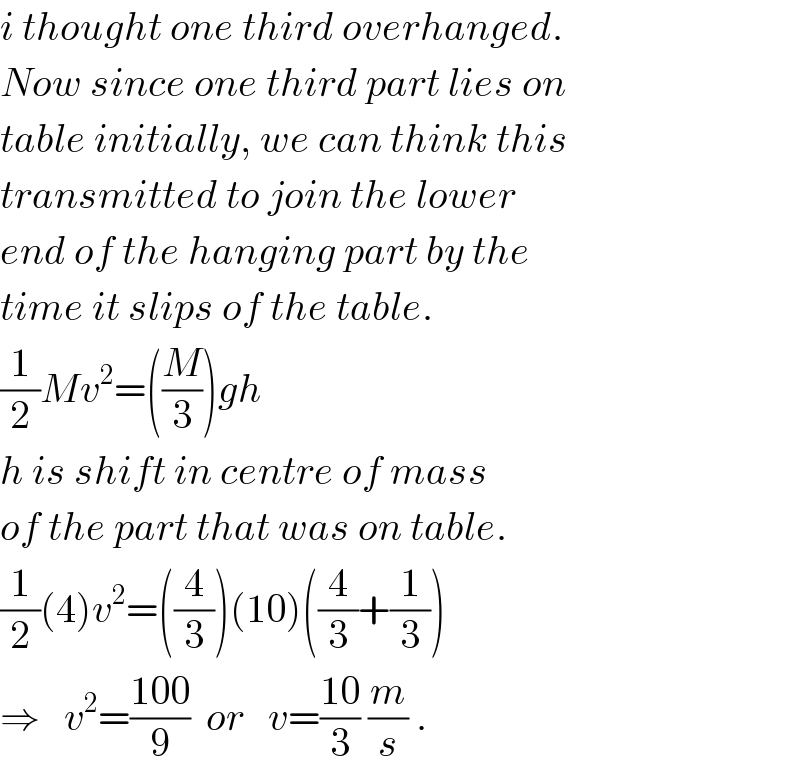
Question and Answers Forum
Question Number 26864 by Tinkutara last updated on 30/Dec/17

Answered by ajfour last updated on 31/Dec/17

Commented by Tinkutara last updated on 31/Dec/17
Thank you very much Sir! I got the answer.
| ||
Question and Answers Forum | ||
Question Number 26864 by Tinkutara last updated on 30/Dec/17 | ||
 | ||
Answered by ajfour last updated on 31/Dec/17 | ||
 | ||
| ||
Commented by Tinkutara last updated on 31/Dec/17 | ||
Thank you very much Sir! I got the answer. | ||